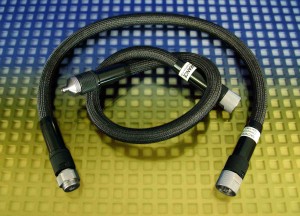Civil service employees in science research say decline in government-funded science affects whole economy, according to a survey by the Prospect union.
The survey found that 81% of civil servants, three-quarters of those in other public bodies, and 45% of those in the private sector stated that “cuts in public funding have affected R&D across the economy over the last five years”.
All sectors have experienced significant staff reductions, according to the survey of union members working in science, engineering and technology.
Over half of respondents considered that the expertise within their own organisation had declined in the last five years – including 60% in the civil service (compared to 41% in 1999) and 49% employed in the private sector and other public bodies.
“Our research provides a stark illustration of the decline in publicly funded science,” said Sue Ferns, Prospect deputy general secretary.
The decline has accelerated with the spending cuts experienced in the wake of the 2008 financial crisis.
Overall, respondents were pessimistic about career prospects in science, technology, engineering and maths (STEM), with 47% believing they do not have further opportunities to progress.
Ferns said successive governments had paid lip service to the importance of investing in R&D to put the economy on a sustainable footing. “Our survey shows that they have so far failed to deliver.”
She added: “Twice as many civil servants are now telling us their work is commercially confidential compared to 15 years ago. The government must ensure that the rise of commercial contracts does not undermine the independent, quality advice that is the bedrock of good decision-making.”
More than 50% of civil service members employed in research and development say half or more of their work is now commercially confidential.
The survey also found that 14% of respondents reported that they had been asked to tailor research conclusions to suit a customer’s preferred outcome, including 19% from the civil service.





